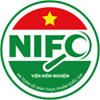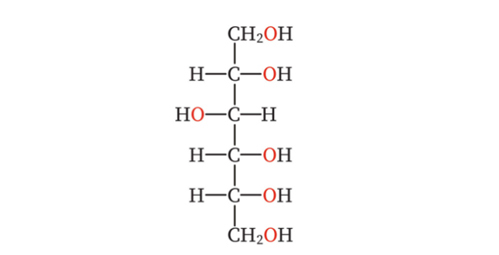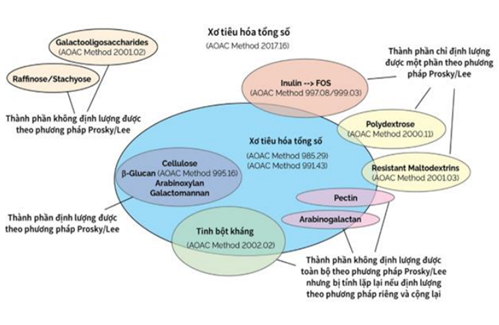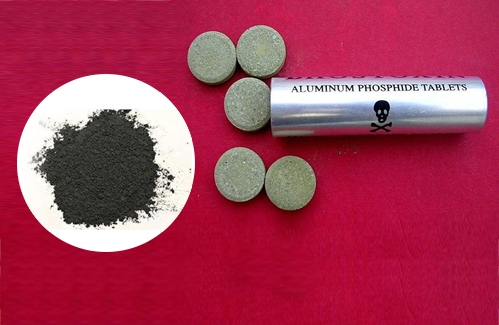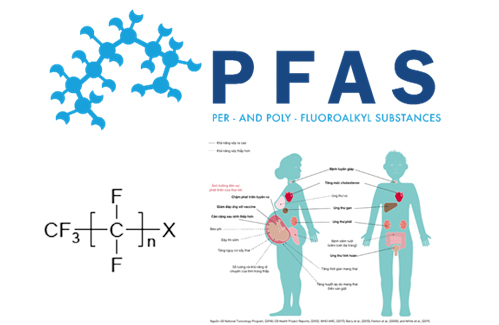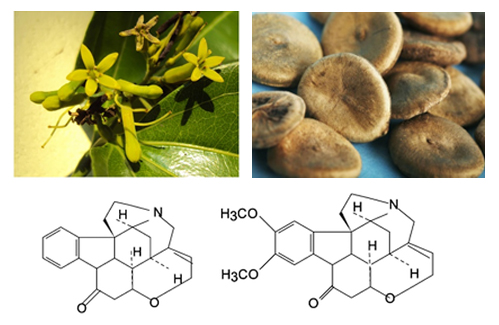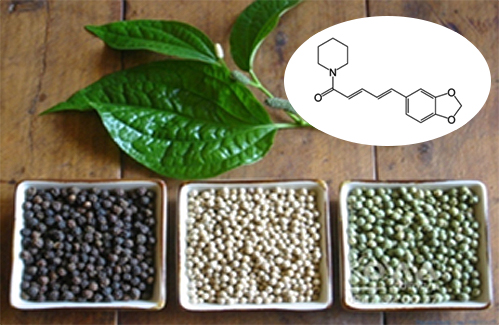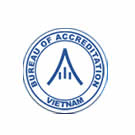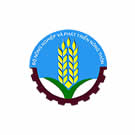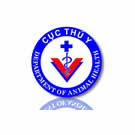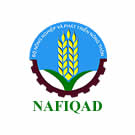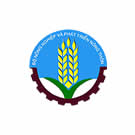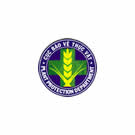- Folder Technical News
- Views 2848
- Last Updated 05/06/2024
Brugmansia is a wild woody plant, grown by many people for ornamental purposes, popular in all localities across the country and has many potential risks related to poisoning due to using this plant as a food.
Tropane alkaloid from Brugmansia can cause symptoms such as hallucinations, memory loss, loss of consciousness, arrhythmia, high blood pressure, fibrillation, muscle contractions and even death. There have been several cases of hospitalization due to mistakenly eating the flowers and leaves of the Brugmansia plant.
1. Poisoning cases related to Brugmansia in Vietnam
In recent times, the National Institute for Food Control (NIFC) has received several reports of poisoning related to Brugmansia as follows:
March 2022, in Lao Cai: ten out of twelve workers after dinner at a construction site had symptoms of poisoning such as headaches and nausea. Patients are treated at Thanh Binh Commune Health Station and Sa Pa General Hospital. Toxicological screening test results found that the sample contained atropine and scopolamine, which are tropane alkaloids from plants of the Solanaceae family (Solanaceae sp.).
August 2023, in Ha Giang: eight people who ate wild flowers stir-fried with eggs in Chi Ca commune showed signs of poisoning and were treated at Xin Man General Hospital. Four of them had severe symptoms such as loss of consciousness and hallucinations. After treatment, the patient's health condition has stabilized. Toxicological screening test results found that the sample contained scopolamine, a tropane alkaloid of plants in the Solanaceae family (Solanaceae sp.).
Brugmansia is grown as ornamental plants in almost every locality, due to their beautiful flowers and strong fragrance. Up to now, there have always been some cases of Brugmansia poisoning occurring sporadically in localities, because people do not have complete knowledge about this plant and confuse it with other edible plants.
2. Identification of Brugmansia
- Scientific name: Brugmansia sp., family: Solanaceae
- Some representatives are distributed in Vietnam:
- Brugmansia suaveolens (Willd.) Sweet
- Brugmansia versicolor Lagerh.
- Brugmansia aurea Lagerh.
- Other name: Muguet, angel’s trumpet, devil’s breath, …
- Morphological description:
+ Large shrub or small tree, semi-woody trunk, often with many branches. They can reach a height of 3 - 11 m.
+ The leaves grow alternately along the stem, are usually large, 10–30 cm long and 4–18 cm across, have whole or coarsely serrated edges and are often covered with fine hairs.
+ The flowers are large, drooping, trumpet-shaped, 14–50 cm long and 10–35 cm across at the opening; available in white, yellow, pink, orange, green or red. Most have a characteristic, pleasant aroma, most noticeable in the evening. Flowers can be single, double or more.
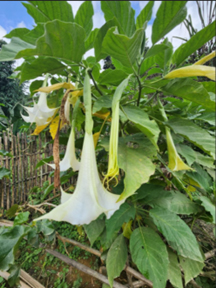
Figure 1. Brugmansia
- Habitat: Brugmansia sp. is a plant native to South America, along the Andes from Venezuela to northern Chile, as well as southeastern Brazil. They are grown as ornamental plants around the world, and some species have grown naturally on isolated islands in North America, Africa, Australia and Asia. In Vietnam, Brugmansia sp. grown as an ornamental in all localities.
- Some plants are easily confused: Bitter-leaf tops, pumpkin flowers.
Table 1. Some plants are easily confused with Brugmansia sp
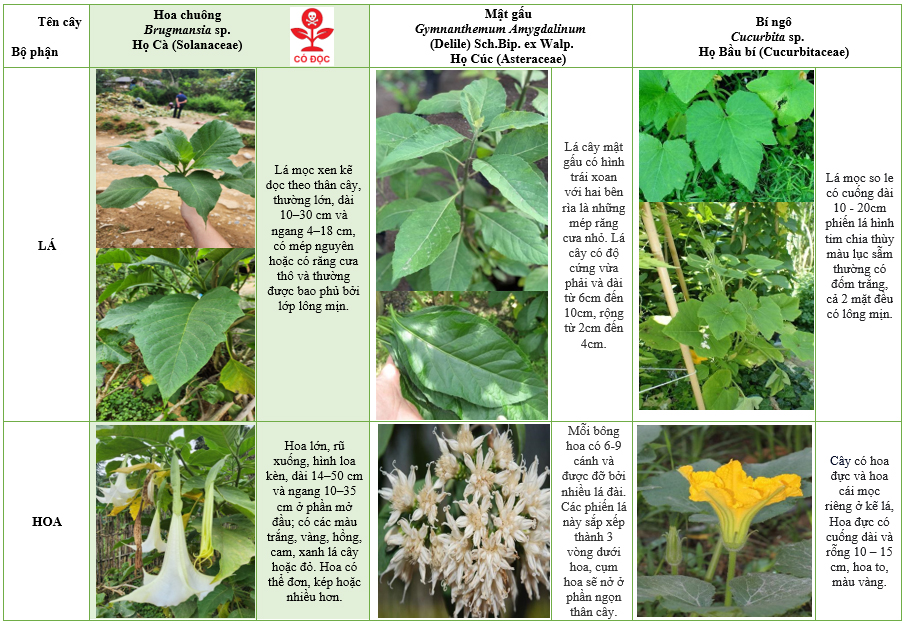
3. Toxicity of Brugmansia
Brugmansia contains tropane alkaloids, the most abundant of which is scopolamine. Scopolamine is an anticholinergic agent that competes with acetylcholine. In addition, it is also an important neurotransmitter (binding to muscarineic receptors found in many organs and tissues in the body), influenced by and part of the autonomic nervous system.
Scopolamine can be absorbed through the gastrointestinal tract, respiratory tract, skin or mucous membranes, crossing the blood-brain barrier and affecting muscarineic receptors in the brain.
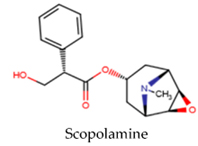
Figure 2. Typical toxic alkaloid of Brugmansia
The alkaloids in the plant have an anti-muscarine mechanism (a tertiary amine compound, with both central and peripheral effects) that competitively inhibits acetylcholine at muscarine receptors of organs controlled by the central nervous parasympathetic system (postganglionic cholinergic fibers) and inhibits the effects of acetylcholine in smooth muscle.
These alkaloids are rapidly and completely absorbed through the digestive tract, through mucous membranes, in the eyes and to a lesser extent through the skin. Oral bioavailability is about 50%, enters the circulation quickly and is distributed throughout the body. Substances that can cross the blood-brain barrier, cross the placenta and trace amounts in breast milk. Their half-life is about 2 - 5 hours, longer in infants, children and the elderly. These alkaloids are partially metabolized in the liver and excreted by the kidneys in native and metabolized forms.
4. Prevention and treatment of Brugmansia poisoning
a) Symptoms of Brugmansia poisoning
- Symptoms of poisoning appear about 5 - 30 minutes after eating/drinking.
- Scopolamine poisoning is a serious condition that can cause symptoms such as dry mouth, eyes, skin, and mucous membranes; reduces mucus secretion in the stomach, intestines, lungs and nose; dilated pupils, blurred vision and sensitivity to light; Reduce smooth muscle spasms in the digestive tract, respiratory tract, urinary tract and uterus; increased heart rate and blood pressure; Reduces nerve activity in the brain, causing drowsiness, confusion, anxiety, hallucinations, loss of memory and consciousness.
b) Treatment of Brugmanisa poisoning
Treatment of Brugmansia poisoning should be carried out according to two principles:
(1) Early, active, and urgent treatment;
(2) To ensure stable vital functions, especially to ensure respiratory control, quickly stop convulsion and stabilize circulation before applying other measures.
When detecting a case of poisoning related to Brugmansia, it is necessary to immediately treat the patient to induce vomiting and then promptly notify the medical authorities for handling. Specific measures to handle Brugmansia poisoning are as follows:
- Restriction of absorption: Including the following measures (performed and monitored by medical staff):
+ Induce vomiting: conducted when the patient has just finished eating, the patient is awake and cooperative. Only use mechanical measures (throat stimulation), and do not use drugs to induce vomiting because until the drug takes effect, the patient may vomit or have pharyngeal paralysis.
+ Gastric lavage: carried out when the patient has only eaten Brugmansia parts within 6 hours.
+ Use activated charcoal: Use after inducing vomiting or gastric lavage. Do not use during convulsions, respiratory failure, or coma without an endotracheal tube.
- Symptomatic treatment: After the patient is treated according to the above steps, it is necessary to closely monitor for signs of convulsions, bradycardia, and muscle paralysis that may lead to respiratory failure.
Supportive treatment measures are important, there is no specific antidote.
5. Propaganda activities to prevent Brugmansia poisoning
From September to December 2023, the National Institute of Food Control (NIFC) carried out the activity "Coordinating with authorities to propagate about the risk of poisoning" together with the Ha Giang Food Safety and Hygiene Department and Dien Bien Food Safety and Hygiene Department, with the result a set of propaganda materials (including posters and leaflets) to provide general information on poisoning, ways to prevent poisoning by mistake for health workers/propaganda staff, thereby guiding/propagating concise and concise information to the people.
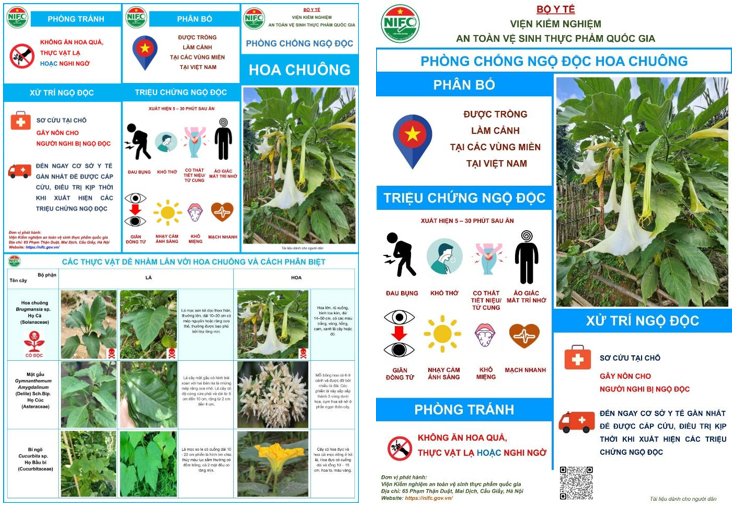
Figure 3. Propaganda leaflets and posters for local people
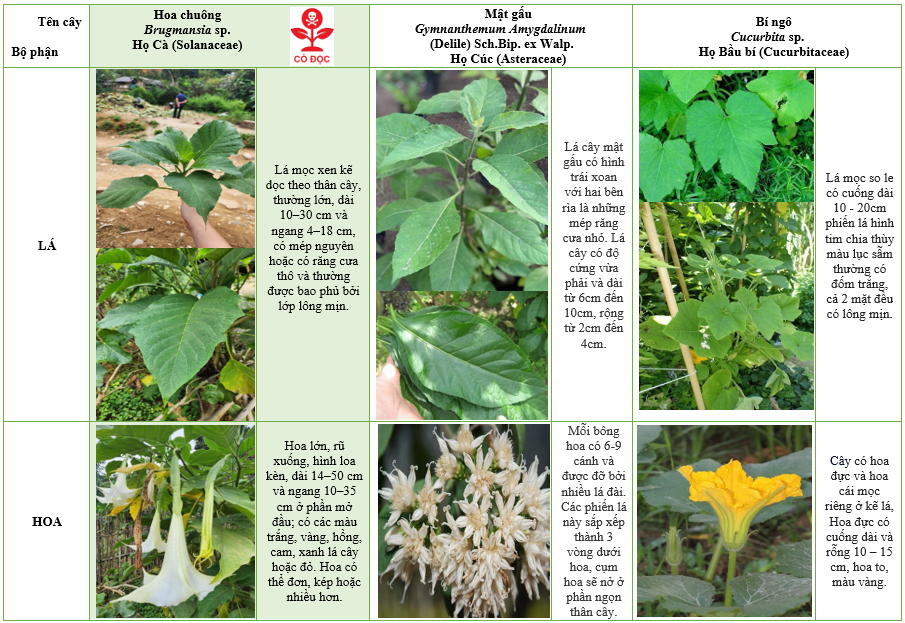
Figure 4. Propaganda activities at Dien Bien Province
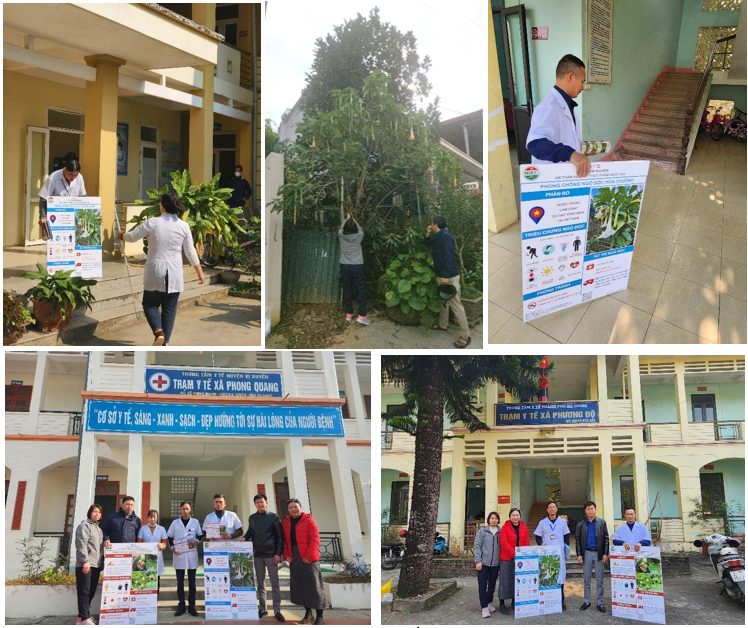
Figure 5. Propaganda activities at Ha Giang Province
With the desire to contribute to reducing the cases of poisoning caused by Brugmanisa in particular and natural toxins in general, NIFC regularly conducts investigations and identification of the poisoning causes as well as poisoning prevention communication. Communication activities will help to prevent and limit cases of natural plant poisoning. At the same time, timely test results will help confirm the cause of poisoning and help doctors to direct treatment.
Author: Kieu Van Anh
Laboratory of Food Toxicology and Allergens - National Institute for Food Control
Leaflets with prevention of Brugmansia poisoning: Link
References
1. Bộ Y tế (2015). Quyết định số 3610/QĐ-BYT về ban hành tài liệu chuyên môn "Hướng dẫn chẩn đoán và xử trí ngộ độc".
2. Đỗ Tất Lợi (2004), Những cây thuốc và vị thuốc Việt Nam, Nhà xuất bản Giáo dục.
3. Chan T.Y.K. (2017). Worldwide Occurrence and Investigations of Contamination of Herbal Medicines by Tropane Alkaloids. Toxins, 9(9), 284.
4. Al-Sinani S., Eltayeb E., Yt K. và cộng sự. (2015). Variations in the cytotoxic glycoalkaloids (solamargine and solasonine) in different plant parts during development of Solanum incanum grown in Oman. J Taibah Univ Sci, 56.
5. Cổng Thông tin chính phủ (2021). Chủ động phòng chống ngộ độc do độc tố tự nhiên. Cổng Thông tin chính phủ, <https://baochinhphu.vn/chu-dong-phong-chong-ngo-doc-do-doc-to-tu-nhien-102302917.htm>
